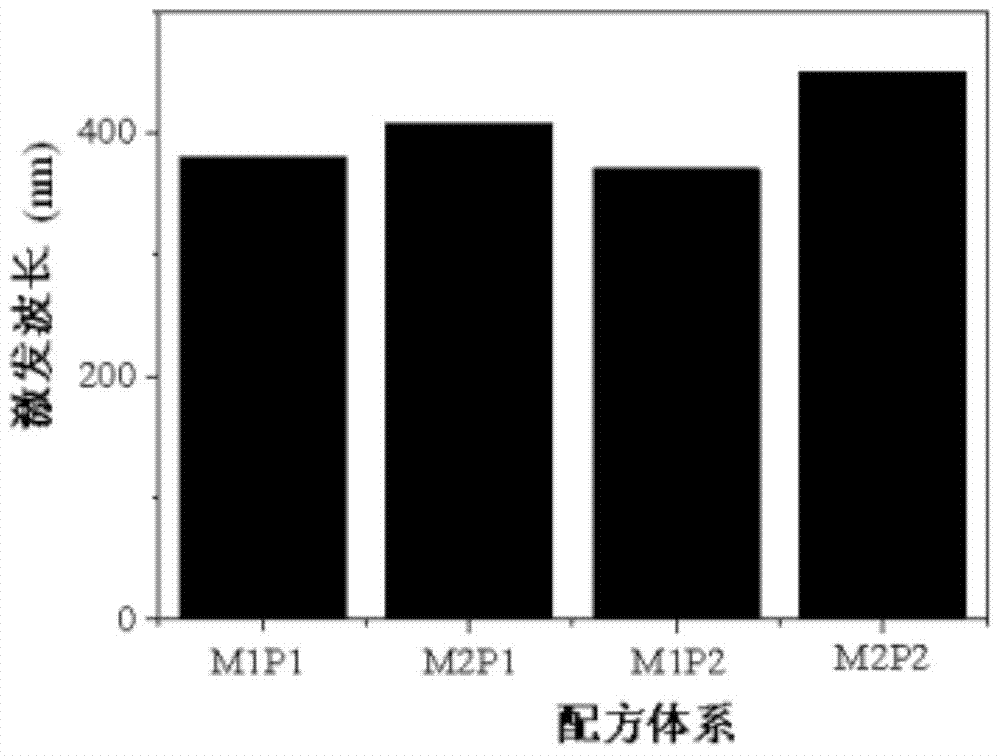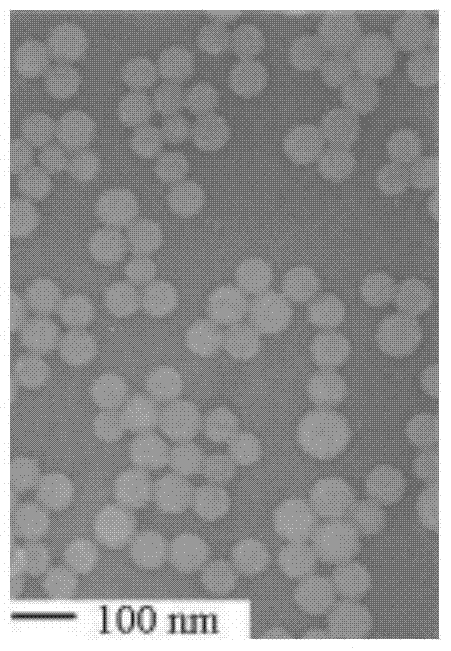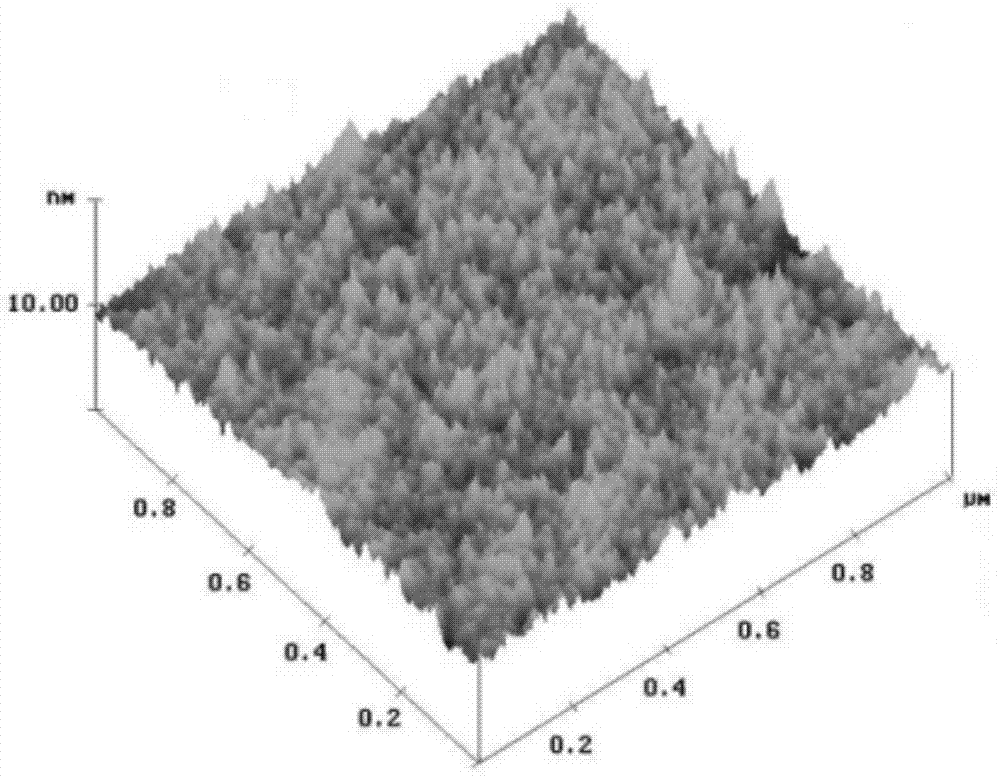UV photochromic reusable paper
A technology of ultraviolet light and color change, applied in paper, papermaking, special paper, etc., can solve the problems of low resolution, poor handwriting clarity, high cost, etc., and achieve the effect of clear printed handwriting, slow handwriting fading, and low cost of use
- Summary
- Abstract
- Description
- Claims
- Application Information
AI Technical Summary
Problems solved by technology
Method used
Image
Examples
Embodiment 1
[0046] The ultraviolet photochromic reusable paper of the present invention is made by compounding ultraviolet photochromic reversible material and paper, and the specific preparation method is as follows:
[0047] Under dark conditions, the mass is m 1 The M powder is dissolved in a volume of L 1 In deionized water, prepare the M solution with a certain mass percentage concentration; take the mass as m 2 P dissolved in a volume of L 2 Prepare a P solution with a certain mass percentage concentration in deionized water; slowly drop the P solution into the M solution at 50-80° under stirring conditions; after reacting for 1 hour under stirring conditions, cool the solution to room temperature to obtain a transparent compound solution; soak paper in clear compound solution and allow to dry.
[0048] The mass percent concentration of the M and P complexes in the transparent complex solution is above 2%.
[0049] See Table 1 for reagent dosage.
[0050] Table I
[0051]
...
Embodiment 2
[0057] The data show that among the many properties of polyacid compounds, one of the most remarkable properties is that it can form a donor-acceptor charge transfer compound with many organic compounds containing active groups such as hydroxyl and amine groups. This kind of compound changes from colorless to blue under ultraviolet light irradiation, and the reduced species can still return to the original color when placed in a dark place in the presence of oxygen, and this coloring-fading process can be repeated many times.
[0058] Such as figure 1 It can be seen that the excitation wavelengths of the photochromic composite films of the four formulation systems are significantly different. For the same polymer system, the excitation wavelengths of the phosphomolybdic acid system are higher than those of the phosphotungstic acid system. But for the same polyacid system, the excitation wavelength of P1 is slightly lower than that of P2 system. Generally speaking, the excitat...
Embodiment 3
[0060] figure 2 It is a TEM photo of PMoA / PEG / SAL (phosphomolybdic acid / polyethylene glycol / styrene-acrylic emulsion) composite film. In the photo, phosphomolybdic acid shows a spherical surface morphology. In the polyethylene glycol organic substrate added with styrene-acrylic emulsion as a membrane aid, phosphomolybdic acid is uniformly dispersed in the polymer matrix with small-sized nanoparticles of 50nm.
[0061] Figure 3a It is the AFM picture of the polyvinyl alcohol (PVA) polymer film before compounding. It can be seen from the picture that the surface of the pure phase PVA film shows a relatively regular peak-shaped structure. After adding the heteropoly acid, the surface of PVA was covered by many spherical complexes with a size of about 100 nm dispersedly arranged ( Figure 3b ). This result reflects that there is a strong interaction between the heteropoly acid and the polymer substrate, which destroys the original arrangement of the polymer, resulting in a ch...
PUM
| Property | Measurement | Unit |
|---|---|---|
| Size | aaaaa | aaaaa |
Abstract
Description
Claims
Application Information
 Login to View More
Login to View More - R&D
- Intellectual Property
- Life Sciences
- Materials
- Tech Scout
- Unparalleled Data Quality
- Higher Quality Content
- 60% Fewer Hallucinations
Browse by: Latest US Patents, China's latest patents, Technical Efficacy Thesaurus, Application Domain, Technology Topic, Popular Technical Reports.
© 2025 PatSnap. All rights reserved.Legal|Privacy policy|Modern Slavery Act Transparency Statement|Sitemap|About US| Contact US: help@patsnap.com



